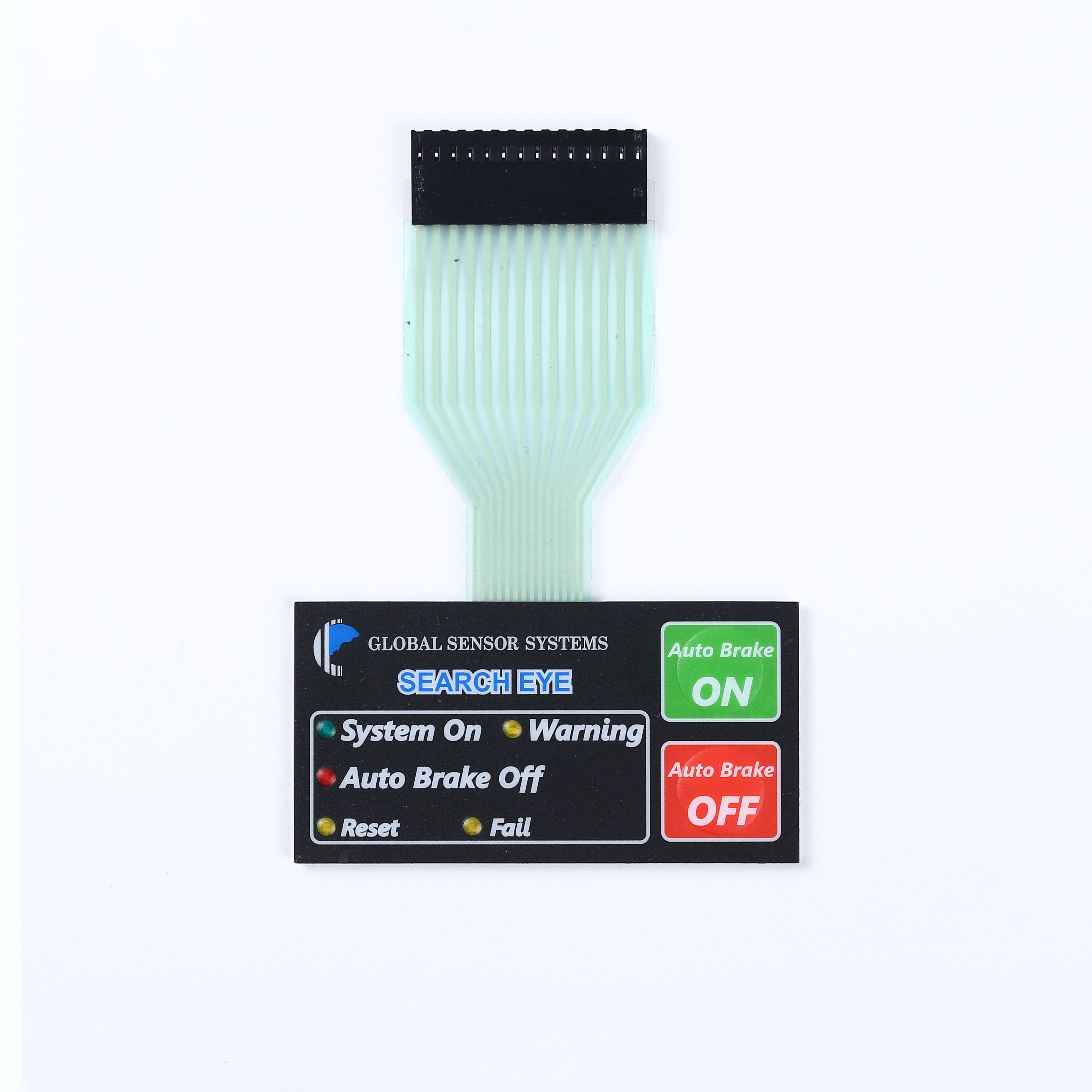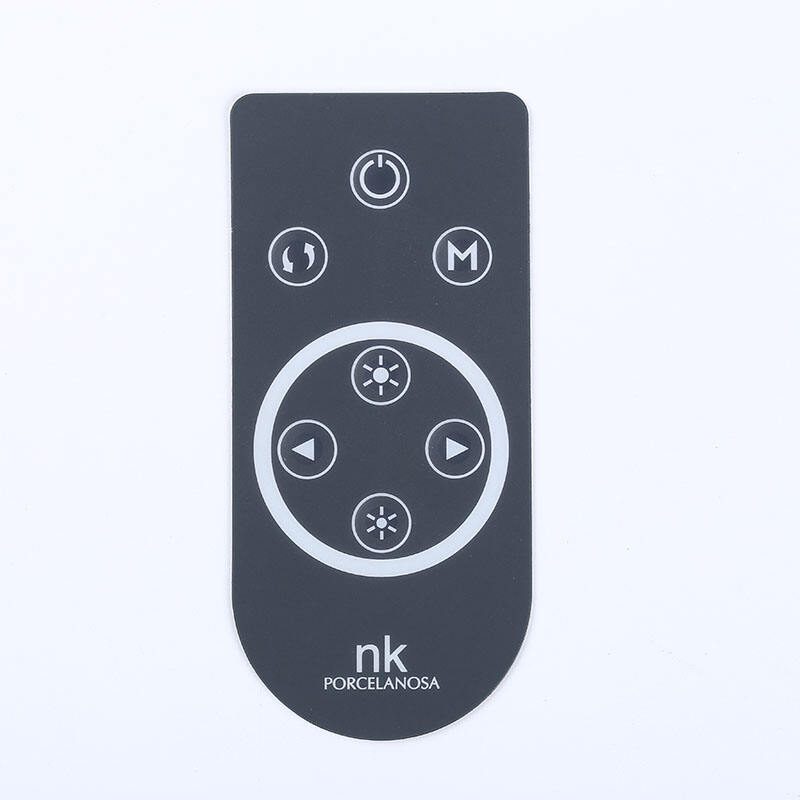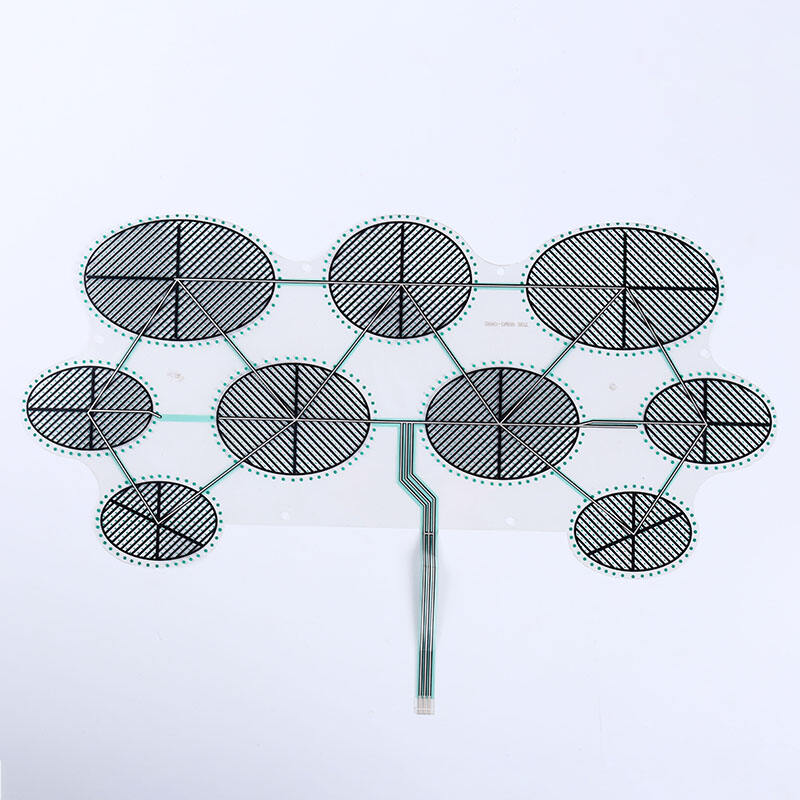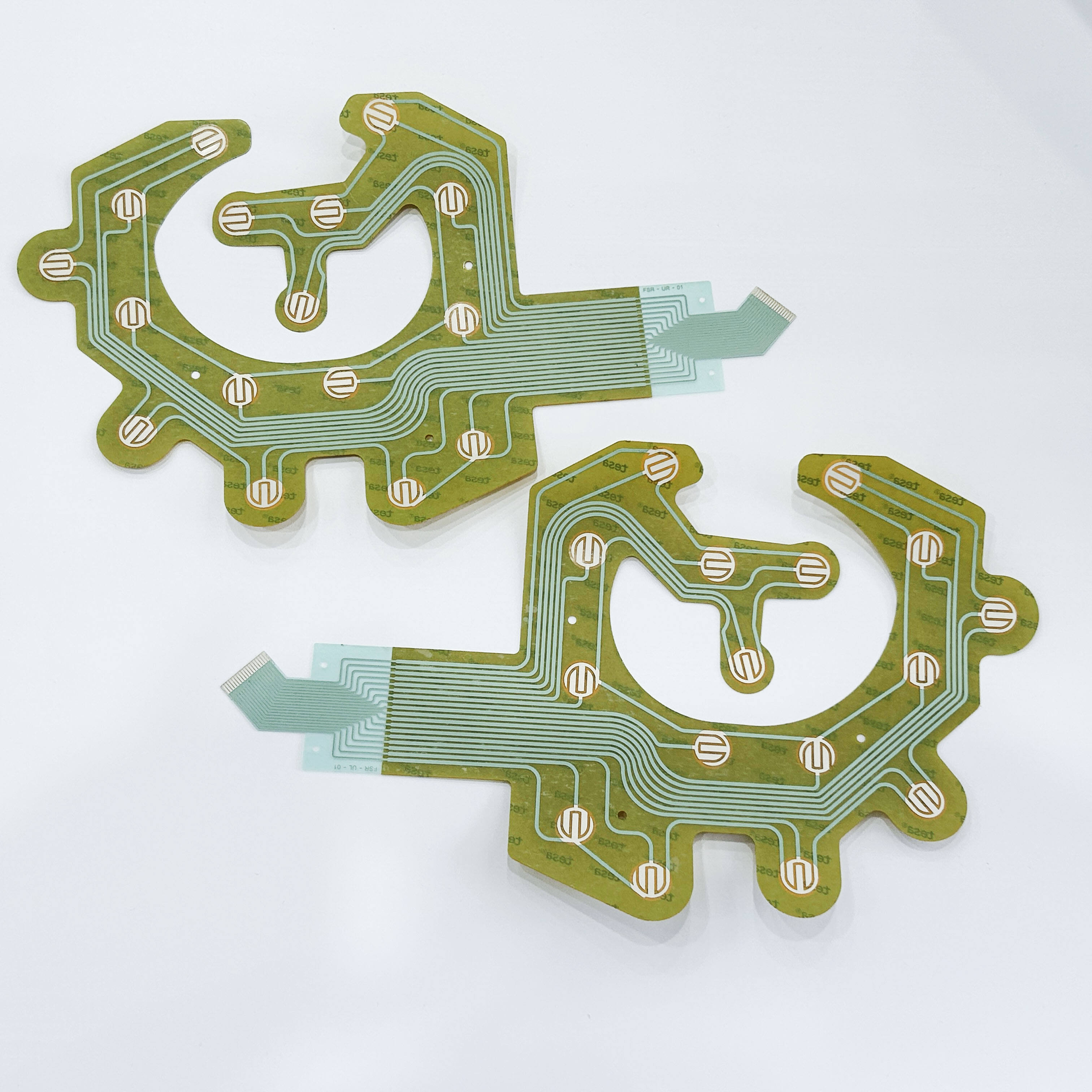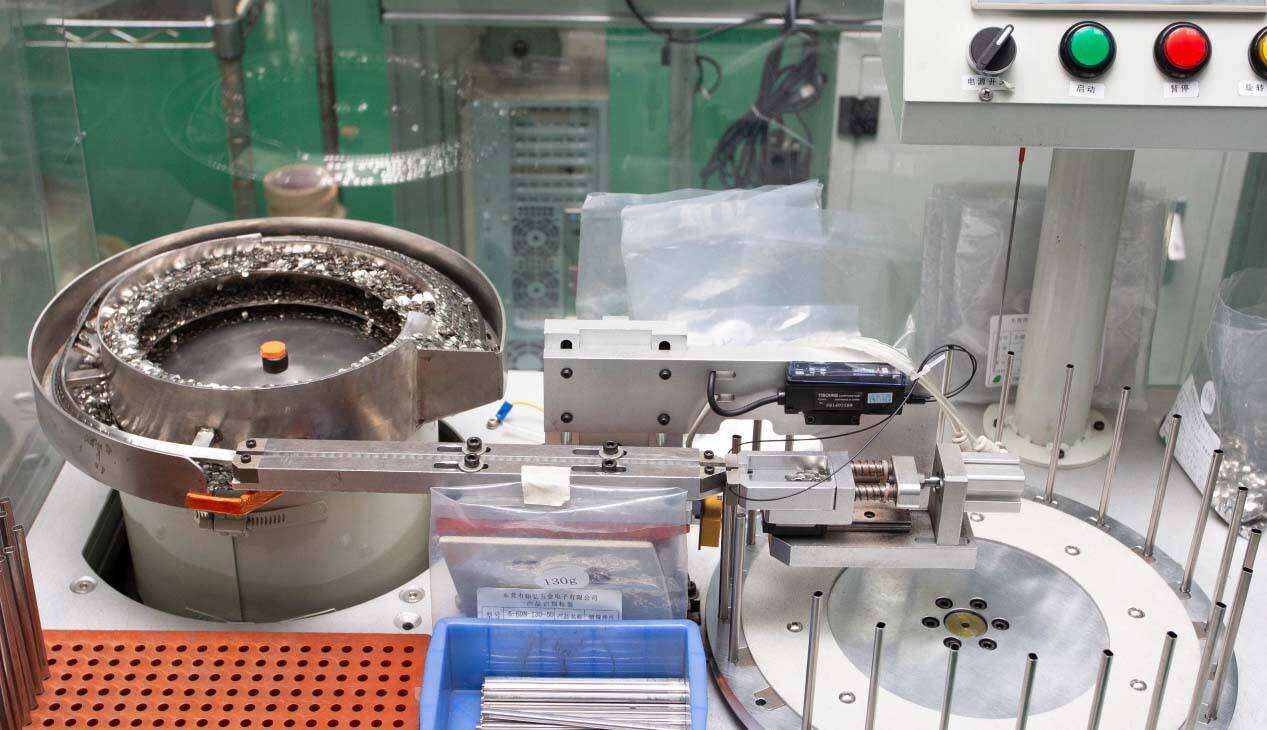LED vs EL backlighting for membrane switches: Which one is the real winner?
LED Backlighting Technology in Membrane Switches
Core Mechanism of LED Illumination
LED illumination relies on the principle of electroluminescence, where semiconductors convert electrical energy into light. This technology is pivotal in creating visually appealing and easily readable interfaces in membrane switches. The components involved in LED backlighting include chips, lenses, and diffusers, each playing a role in enhancing light distribution. For membrane switches, this mechanism transforms interface aesthetics and usability, particularly in low-light conditions. The integration of LED technology in membrane switches results in interfaces that are not only functional but also engaging to the user, improving the usability of devices in diverse environments.
Advantages for Industrial and Medical Applications
LED backlighting offers significant advantages for industrial and medical applications due to its durability and shock resistance, making it ideal for rugged industrial environments. In medical settings, clear visibility provided by LED backlighting is crucial for monitoring systems, subsequently enhancing patient safety. Moreover, statistical data supports the increased lifespan and reliability of LED-equipped devices, leading to reduced replacement costs. This makes LED technology a valuable investment for industries that prioritize safety and efficiency. These attributes underscore the importance of LED membrane switches in maintaining consistent performance in challenging conditions.
Energy Efficiency and Longevity
The energy efficiency of LED technology is prominent, as it operates on lower voltage requirements, allowing significant energy savings compared to traditional light sources. Membrane switches utilizing LEDs benefit from reduced energy consumption, contributing to sustainability efforts. Additionally, LEDs boast an impressive lifespan often exceeding 50,000 hours, which considerably lessens maintenance frequency and ensures long-lasting operations. Companies integrating LED backlighting into their products report substantial reductions in energy costs, reflecting the economic and environmental impact of this technology. LED longevity not only guarantees continuity but also reinforces operational reliability over extended periods.
EL Backlighting Systems Explained
Electroluminescent Layer Functionality
Electroluminescence in membrane switches is based on the principle of applying an electric field to a phosphorescent material, which then emits light. The key to this technology lies in the electroluminescent layer that activates when voltage is applied, emitting a gentle, evenly distributed glow. Different types of EL materials, such as zinc sulfide doped with copper, are utilized for their efficient light-emitting properties in various environments. These materials are chosen based on their ability to endure the stress of continuous use while maintaining brightness. Notably, EL backlighting significantly enhances the functionality and aesthetic appeal of membrane switches by providing consistent illumination that's particularly effective in applications requiring subtle, low-light visibility.
Uniform Illumination in Low-Light Environments
EL systems excel in providing uniform illumination across an entire surface, making them indispensable in low-light conditions. Unlike LED alternatives, which may have uneven lighting distribution, EL backlighting ensures a smooth and consistent lighting experience that enhances operational clarity in darker settings. When comparing EL backlighting with LED systems, EL offers superior light distribution and quality, albeit with lower brightness levels. This uniformity is particularly valued in industries where consistent visibility is crucial. Testimonials from various sectors underscore the effectiveness of EL lighting in challenging environments, leading to improved user experience and operational efficiency. Case studies reveal that industries from aviation to healthcare have successfully integrated EL backlighting to meet specific lighting needs without compromising on quality.
Design Flexibility and Limitations
EL backlighting offers unparalleled design flexibility, enabling thin and curved installations while maintaining an aesthetic and functional edge in membrane switches. Its malleability supports creative designs, allowing manufacturers to develop switches that stand out visually and practically. However, there are limitations; EL technology typically offers lower brightness compared to LEDs and is generally more fragile, which might not suit all application needs. Despite these limitations, contemporary design trends in membrane switches are increasingly leveraging the unique characteristics of EL technology. By focusing on its strengths, such as uniform illumination and adaptability to complex shapes, manufacturers differentiate their products, appealing particularly to sectors that prioritize innovative design.
LED vs EL: Critical Comparison Metrics
Brightness Consistency Across Membrane Keyboards
The key to a successful membrane keyboard lies in achieving brightness consistency, whether utilizing LED or EL systems. LED backlighting, particularly the LED array method, is renowned for delivering excellent brightness consistency, which is crucial in settings like control panels where visual clarity is essential. For example, LED arrays enable uniform illumination across the surface of a membrane keyboard, making them ideal for industrial applications where dependable light distribution is necessary. On the other hand, Electroluminescent (EL) systems also offer benefits, especially in low-light environments, although they may have limitations in brightness compared to LEDs. Statistical evidence suggests LED backlighting generally outperforms EL in varied environments, providing a more reliable option for consistent lighting needs.
Power Consumption and Heat Output
Analyzing power consumption and heat output highlights distinct efficiency differences between LED and EL technologies. LEDs are celebrated for their energy efficiency, consuming less power and generating minimal heat compared to traditional lighting options. This efficiency makes them suitable for applications where energy conservation and heat management are priorities. On the other hand, EL backlighting systems typically consume more power and emit more heat, which can pose safety concerns in heat-sensitive applications. Industry studies confirm that the cooler operation of LED technology significantly enhances safety, particularly in environments requiring prolonged usage of membrane keyboards.
Cost-Effectiveness for High-Volume Production
When it comes to high-volume production, the cost-effectiveness of LED and EL technologies can vary significantly. The economic factors prompting a choice between these technologies often include material costs, manufacturing processes, and lifecycle expenses. LEDs, due to their lower power consumption and simpler light distribution requirements, generally offer a more cost-effective solution in terms of production costs. Meanwhile, EL systems can add complexity and cost due to their specific materials and operational requirements. Insights from industry leaders suggest that implementing LEDs can lead to more streamlined and economical production processes, making them a preferred choice for large-scale manufacturing of membrane switches.
Recommended Membrane Switch Products with Backlighting
LED Membrane Switch
When considering LED membrane switches, several top-rated options stand out in the market due to their quality and performance. These switches provide durability and excellent brightness consistency, making them ideal for a range of applications from industrial control panels to consumer electronics. Key features to consider include durability, brightness uniformity, and environmental resistance. For instance, LED membrane switches are often used in harsh environments due to their robust construction. A notable example is the [LED Membrane Switch](https://www.membraneswitch-keypad.com/led-membrane-switch909), which has been successfully deployed in various industry applications, showcasing its adherence to high standards in backlighting technology.
Membrane Keypad Panel
Membrane keypad panels are integral for devices requiring intuitive user interfaces, enhanced by advanced backlighting solutions. These panels are designed to improve usability and interaction with features like tactile feedback and customizable backlit settings. Industry reviews often highlight their effectiveness in environments where user experience is paramount. Examples of their application can be seen in sectors such as medical devices and consumer electronics, where clarity and tactile feedback are critical. Our [Membrane Keypad Panel](https://www.membraneswitch-keypad.com/membrane-keypad-panel) incorporates all these essential specifications, offering seamless integration and superior user experience across various devices.
Membrane Circuit Switch
For applications needing a combination of LED and EL backlighting, membrane circuit switches provide versatile solutions. These switches cater to diverse industry needs, from automotive dashboards to consumer electronics, offering reliability and efficiency. Performance metrics indicate that both LED and EL options deliver in scenarios requiring consistent performance, as seen in high-precision and visibility-dependent tasks. Our [Membrane Circuit Switch](https://www.membraneswitch-keypad.com/membrane-circuit-switch607) is a prime example of such adaptability, facilitating efficient operation across multiple sectors with proven reliability in various case studies.
Soft Circuit Membrane Switch
The soft circuit membrane switch is renowned for its design flexibility and wide range of applications. These switches cater specifically to projects requiring adaptability and lightweight solutions, such as wearable technology and innovative interface designs. They offer unique benefits, including low-profile integration and smooth operation in compact devices. Expert suggestions point to their irreplaceable role in enhancing product design and function, emphasizing their customization capability for tailored application needs. An exemplary model can be found in our [Soft Circuit Membrane Switch](https://www.membraneswitch-keypad.com/soft-circuit-membrane-switch), which showcases its adaptability and utility in complex applications.
Hot News
-
Membrane Switch Panel Sample Instructions
2023-12-14
-
Do You Know the Reasons Why Hot Pot Slices Cannot Pop Up When Pressed?
2023-12-14
-
What is a Light Guide? Hongmao Specializes in the Production of Light Guide Sheets, Did You Know?
2023-12-14
-
How Many Rulers Are Needed To Make A Membrane Switch?
2023-12-14

 EN
EN
 AR
AR
 FR
FR
 DE
DE
 IT
IT
 JA
JA
 KO
KO
 PT
PT
 RU
RU
 ES
ES
 VI
VI

